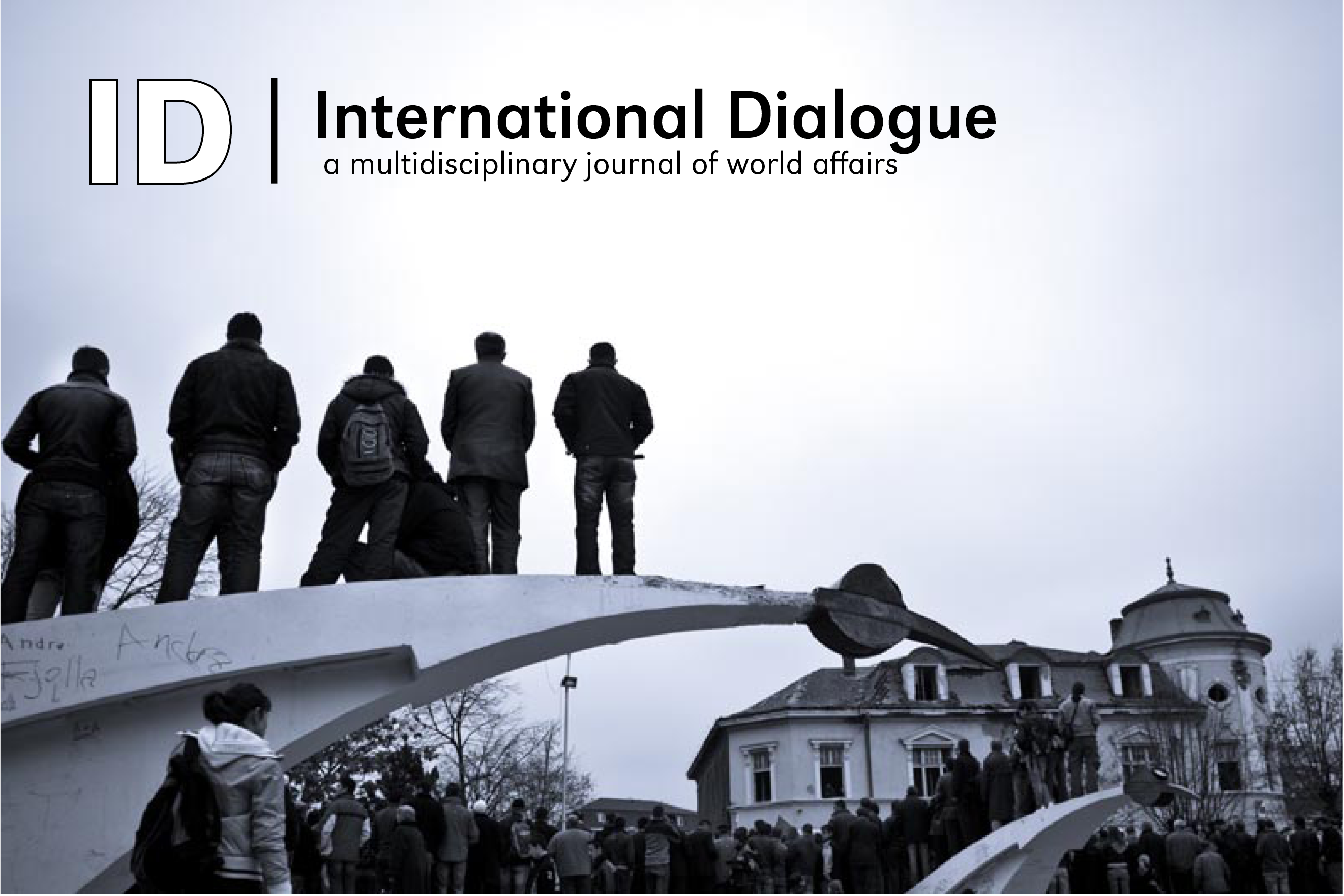International Dialogue

Abstract
“I have tested this effect of coca, which wards off hunger, sleep, and fatigue and steels one to intellectual effort, some dozen times on myself; I had no opportunity to engage in physical work.”—Sigmund Freud, from ‘Über Coca’, Centralblatt für die ges. Therapie, 2, 1884.
Circulating through multiple regimes of value, the transgressive allure of coca has gripped the Occidental imagination for more than a century and a half, shaping the contours of modernity; first as a magical elixir, then to a demonized underground drug, and eventually being transformed into a lucrative global commodity with grievous effects. Coca and cocaine have “real histories” comprised by “chains of cause and effect over time” (Taussig 2004:313). To wit, the U.S. initiated century-old ban on cocaine has had monumental geopolitical implications, not to mention the unintended effects of setting into motion the 1970s resurrection in its world demand, a time corresponding to Nixon’s infamous 1971 declaration on the “War on Drugs.” While the “cocaine problem” has been a part and parcel of numerous U.S. government’s ideologically driven projects, historicizing the complex issue from a Peruvianist perspective yields distinctive views of the social life of coca leaves and their various derivatives.
Recommended Citation
Dean, Bartholomew
(2013)
"The Transgressive Allure of White Gold in Peruvian Amazonia: Towards a Genealogy of Coca Capitalisms and Social Dread: Andean Cocaine: The Making of a Global Drug; Coca's Gone: Of Might and Right in the Huallaga Post-Boom,"
International Dialogue: Vol. 3, Article 8.
DOI: https://doi.org/10.32873/uno.dc.ID.3.1.1057
Available at:
https://digitalcommons.unomaha.edu/id-journal/vol3/iss1/8
Included in
Ethics and Political Philosophy Commons, International and Area Studies Commons, International and Intercultural Communication Commons, International Relations Commons, Political Theory Commons
